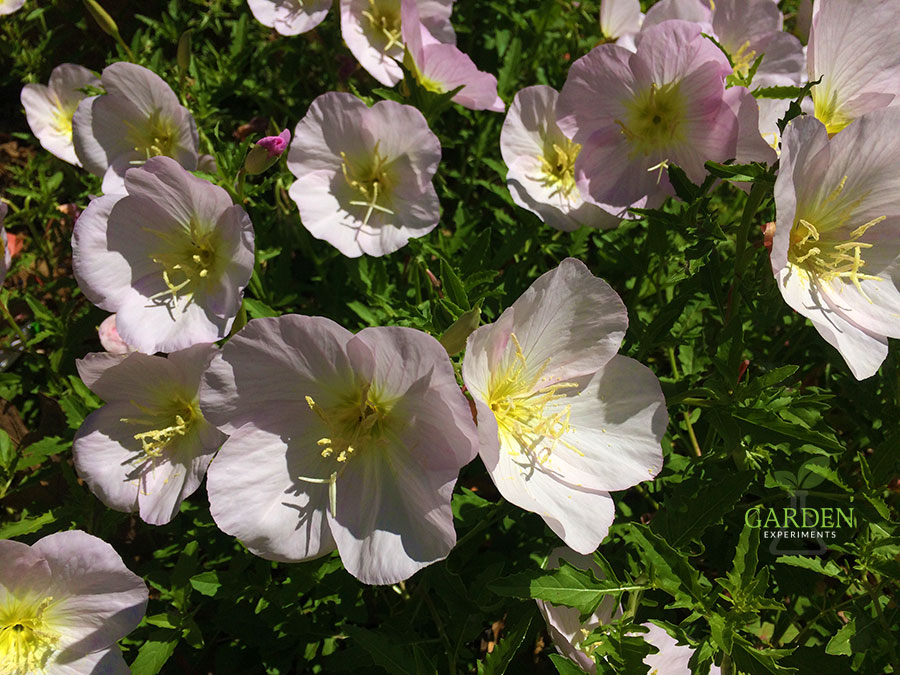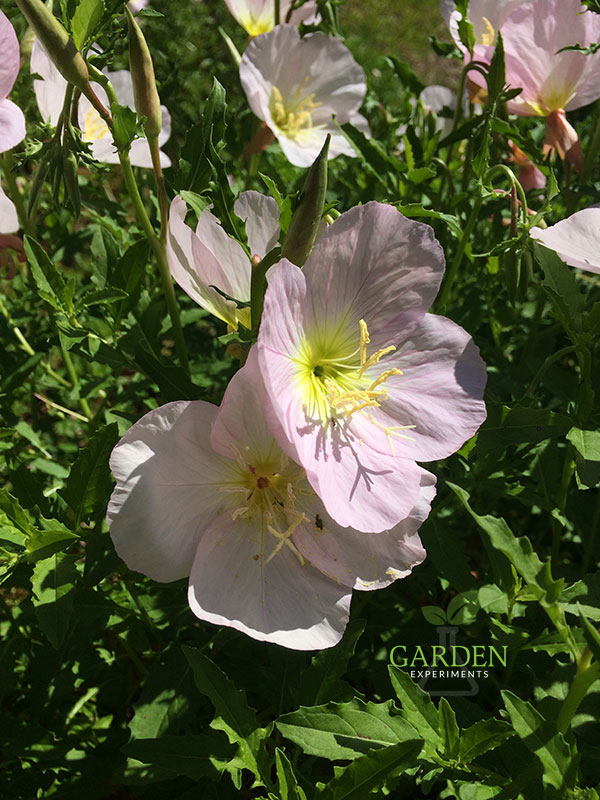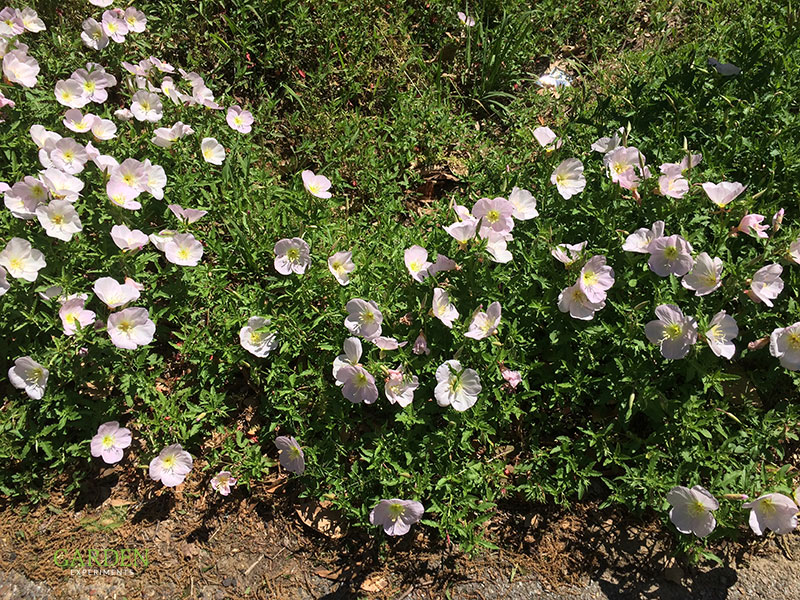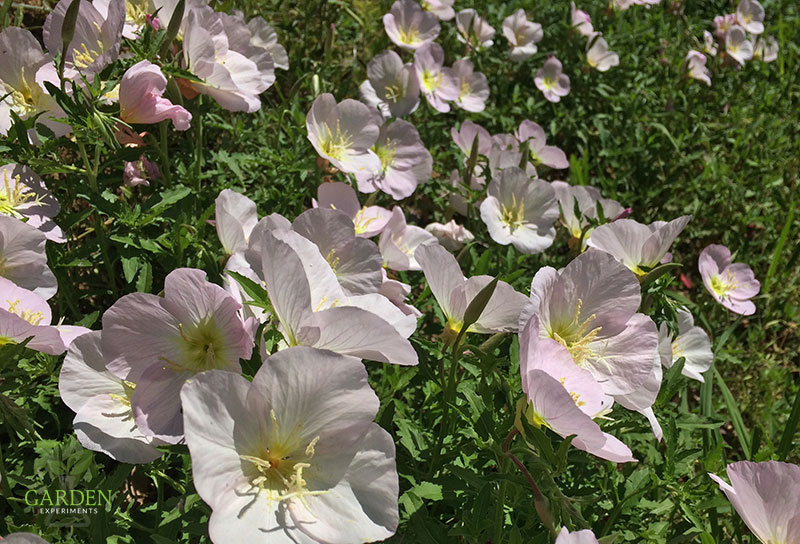Sundays after church, my dad would pile the family into the car and take us for a drive through the countryside just outside the boundaries of the big city. We would see miles of delicate pink flowers lining the edges of the roads, growing the cracks in the sidewalk, and on the banks of the hills.
Pink evening primrose is one of the wildflowers of my childhood. Some people may call it a weed, but this plant holds a special place in my heart. When I see them in bloom, it’s a reminder of carefree childhood afternoons spent watching the countryside go by in the back of an old Cadillac with the sun beaming through the windows.
Evening Primrose Flower Colors
My favorite shade of this flower is a vibrant rose pink, but these flowers are sometimes pale pink to almost white. Interestingly, the paler colors tend to be found in the northern range of this plant, and the darker, the brighter pink flowers tend to be in the southern states.

Each flower lasts only one day! It will open in the evening and close mid-morning. So, if you want to see them, you’ll need to catch them quickly.
You’ll find this primrose blooming in early spring. The flowers quickly disappear as the heat of summer sets in.
Common Names for Evening Primrose
Some people call this flower a buttercup, but to me, those will always be the tiny yellow wildflowers you find in the grass in the summer and tickle under your chin. You know, the ones that, if they left pollen on your chin, meant you were boy crazy. Anyway, it shows that common names can be challenging to use when talking about plants.
Other common names for this plant include showy primrose, showy evening primrose, and Mexican evening primrose.


Pink Evening Primrose Native Range
Pink evening primrose (Oenothera speciosa) is native to Texas, Kansas, Oklahoma, Missouri, Nebraska, and Mexico, but it has naturalized in 22 other U.S. states.
Originally found in prairies, meadows, and along the edges of woods, I often see these growing in urban areas along roadsides and ditches.
How to Grow Evening Primrose
This plant is a perennial and spreads pretty rapidly, so if you plant it in your garden, be sure you put it somewhere that you don’t mind getting colonized by this wildflower. It can make a good ground cover, especially since it prefers full sun and can grow in almost any soil.
Evening primrose has a very low water requirement, though it can tolerate wetter soils. It can grow in part-shade conditions, but it is unlikely to bloom.
Since this plant spreads rapidly, the best way to start growing it in a new location is to transplant an existing plant. You can find it for sale in some garden centers.
This plant can be grown from seeds sown in the fall in full sun. Keep the seeds watered well. Thin out the seedlings after germination to a spacing of about 12 inches.
Wildlife Value of Evening Primrose
Pink evening primrose attracts pollinators, in particular native bees. It is deer-resistant and birds and small mammals eat the seeds.

